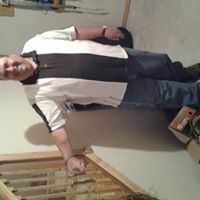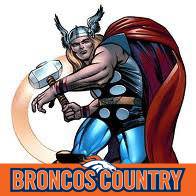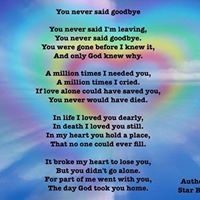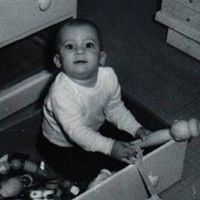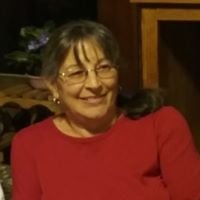What happened near this site on December 29, 1890, called Wounded Knee Creek?
Near this creek, on December 29, 1890, the U.S. 7th Cavalry regiment went into the camp to disarm the Lakota. One version of what happened next chronicles that while an old Native American member of the tribe was performing a ritual called the Ghost Dance, a deaf tribe member named Black Coyote’s rifle went off and the U.S. Army began shooting at the Native Americans. The Lakota warriors fought back, but many had already been stripped of their guns.
It was a massacre of more than 250 men, women and Lakota children killed plus 51 wounded- many of those later died. Other estimates placed the number of dead as high as 300. Twenty-five soldiers died and 39 were wounded- six of the wounded later died. It is called the Wounded Knee Massacre.
In 1990, both houses of the U.S. Congress passed a resolution on the historical centennial, formally expressing “deep regret” for the massacre.
One of the survivors was Black Elk (1863-1950), a medicine man, member of the Oglala Lakota. In the documented book titled “Black Elk Speaks: Being the Life Story of a Holy Man of the Oglala Sioux”, he says, “ When I look back now from this high hill of my old age, I can still see the butchered women and children lying heaped and scattered all along the crooked gulch as plain as when I saw them with eyes still young. And I can see that something else died there in the bloody mud and was buried in the blizzard. A people’s dream died there.”
More Info:
en.m.wikipedia.org
